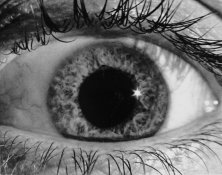jerry lebens
Member
Sorry Sparky, I have to agree with Ralph regarding sharpness - diffusion enlargers are visibly less sharp. You can even make a condenser enlarger 'sharper' by reducing the diameter of the light source ; indeed, this is the theory behind 'point source' enlargers.
Anyone who's attempted to print with a point source will confirm the sharpness of rendition. I experimented with a Durst 184 set up as a point source and the graphic effect was electrifying. But I had to give up on it in the end. It was extremely labour intensive, trying to limit the, frighteningly intense, rendition of dust, scratches and watermarks etc...
Regards
Jerry
Anyone who's attempted to print with a point source will confirm the sharpness of rendition. I experimented with a Durst 184 set up as a point source and the graphic effect was electrifying. But I had to give up on it in the end. It was extremely labour intensive, trying to limit the, frighteningly intense, rendition of dust, scratches and watermarks etc...
Regards
Jerry








 ) But since making that graph I have converted over to the CLS2000 head on the 8x10. So now I also have voltage regulated quartz halogen/dichroic light sources on all 4 of my enlargers.
) But since making that graph I have converted over to the CLS2000 head on the 8x10. So now I also have voltage regulated quartz halogen/dichroic light sources on all 4 of my enlargers. 



